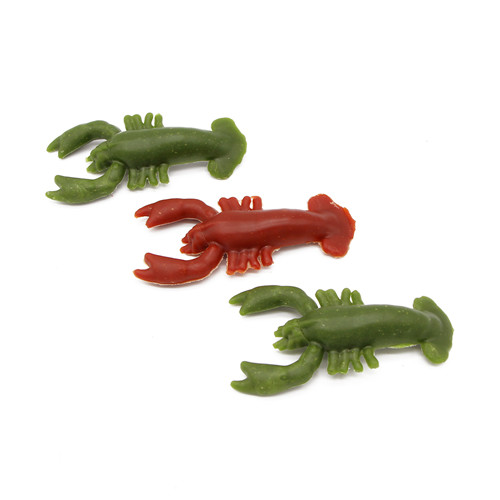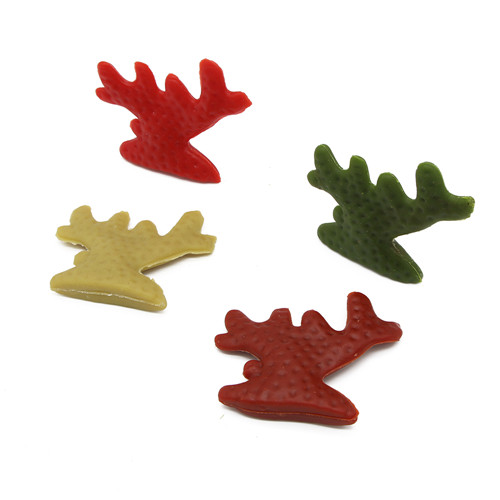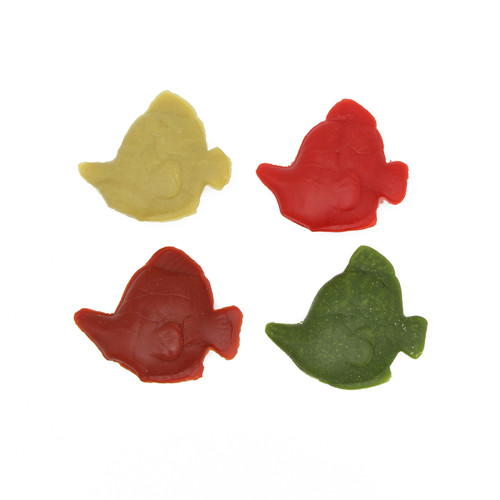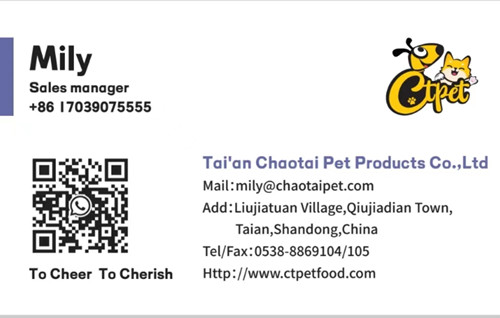
Want to hear from us?
Sign up to receive our latest email news, offers and updates.
Pet Food Industry News
August 19, 2022Pet food manufacturers must ensure the nutrition and flavor of their products, emphasizing high-quality raw materials, while spot checks and control of product quality are equally important. The preparation of good quality ingredients into nutritionally balanced food requires proper processing methods. The processing method should avoid over-processing damage to the protein and meet the physical requirements of the final product size, shape and density.
1. Measure material density
Controlling product appearance depends on process parameters and formulation. Sampling to determine material density at various stages of the production process is a good, fast and reliable quality control method. The density of the material is determined by the filler and reflects the aging and puffing of the final product. The procedure for measuring material density is to weigh the desired product to fill a special container and then express it in g/L or kg/m3. The density of dry puffed pet food is generally 288-400 g/L, and the density of soft puffed pet food is higher than 400-513 g/L. Depending on the shape and packaging process, the material density of semi-wet products will be higher. If a lower density puffed pet food is desired, the following variables can be adjusted.

1.1 Moisture content
Generally, under the condition of not reducing the amount of steam added to the product, reducing the moisture content of the added product will facilitate expansion. But when the material contains high protein (more than 23%) or high fat (more than 5%), water and steam must be added to increase the total humidity.
1.2 Die restrictions
By reducing the total die open area, increasing the die orifice thickness, or adding a die-restricting device between the screw end and the die, it is possible to increase the overrun rate and reduce the material density.
1.3 Temperature
If the product is not cooked, it should be directly heated to increase the surface temperature of the product in the puffing chamber.
1.4 Preconditioning
Increasing the residence time in the preconditioner and adding a certain amount of steam will aid in ripening and puffing.
1.5 Inject water vapor into the puffing cavity
Injecting more water vapor directly into the product in the extruding chamber will reduce the density of the material.

2. Control texture and appearance
Process parameters and mold structure determine whether the product surface is smooth, and these two factors can be adjusted.
If the humidity during production is too low, it can affect the texture of the outer surface of the product as it passes through the die holes. Lower humidity will reduce the smoothness and slow down the flow rate of the raw material, but the flow rate of the product in the center of the die orifice will be faster; if the humidity is too high (greater than 35%), the product will agglomerate and not completely gelatinize, and due to Too much moisture to form a firm shape. Lowering the temperature of the conical head or reducing the back section of the puffing drum has an improvement in reducing friction and avoiding clogging of the die orifice.
Adjustments to other production variables include increasing water vapor and utilizing higher extruder temperatures to avoid brittleness in the undercooked middle portion of the pet food. Improper blade adjustment or severe wear on the die surface are the main causes of "tail" products. All residues from the pet food manufacturing process should be removed before the final product is packaged through the screening unit. High fat content or the addition of monoglycerides can reduce residue generation.
Pet food is often "wedge" due to the temperature inside the mold being too high during puffing, the throughput or dry feed rate being too high, or being significantly lower than the capacity of the mold orifice.
If nutritional factors are not considered, the appearance of the product can also be improved by adjusting the formula before puffing and curing. If the formula is higher in protein and fat, the humidity and temperature of the puff should be increased to correct for these changes. When the protein content of the formula exceeds 23%, for every 1% increase in protein, 0.6% more water needs to be added in the preconditioning mode, and 0.5% more water vapor is injected into the product in the expansion chamber.

3. Determination of humidity and water activity (water activity, Aw)
Effective control of the humidity of the final pet food product is important to ensure storage stability. The moisture content of dry pet food should be less than 12%, otherwise it will lead to unnecessary drying costs and losses due to shrinkage. Moisture content is usually determined gravimetrically, calculated from the initial sample weight and the change in sample weight after drying. At present, there are many instruments and methods for measuring moisture.
During the production of the final product, the drying temperature, air flow and retention time can be controlled by an online moisture meter, as well as a method of measuring the relative humidity of the air exhausted from the dryer and using its variables to analyze the moisture content of the final product.
For semi-moist puffed pet foods, Aw is a more important indicator of product stability than humidity. The FDA has used Aw to establish boundaries that reflect microbial damage to proteins. Aw reflects the moisture content available to microorganisms. Each microorganism has its own Aw value, below which the microorganism cannot grow. Aw is determined by placing the sample in a glass bottle equipped with a hygrometer for measurement. At a constant temperature, the sample is brought to equilibrium and moisture is measured by the water vapor pressure or relative humidity produced by the water in the pet food.
4. Maintain Vitamin Levels
As with protein damage, the damage to the vitamin cord depends on the processing conditions of puffing and drying, including temperature and processing time. Vitamins are important trace components in pet food. Each vitamin has a characteristic reaction during heat treatment, and most of them are unstable in storage. Due to the influence of humidity, high pressure, shear and high temperature, the factors affecting the stability of vitamins in the process of puffing and curing are complex. Generally, fat-soluble vitamins such as A, D, and E are relatively stable during the expansion process despite a 15% to 20% loss. Water-soluble vitamin C is thermally unstable, and humidity is the biggest factor affecting vitamin retention during puffing. Generally high humidity can retain more vitamins.
Muelaere and Buzzard (1969) found that under high temperature (116°C), prolonging the pretreatment time (4-8 min) significantly increased the levels of lysine (13%), vitamin C (33.4%), and vitamin A (52.1%). loss. Using a shorter residence time (20-40 s) in the puffing system reduces lysine losses (about 3%). Therefore, lysine and vitamin levels should be closely monitored when longer processing times are used to produce pet food.
To maintain recommended levels of vitamins in pet food, consider the following options:
(1) Excessive addition to make up for the loss in storage and processing, this method is applicable to vitamins other than ascorbic acid (vitamin C). (2) Use heat-stable forms of vitamins, such as encapsulated with silicone or gelatin, or new forms of ascorbic acid (such as L-ascorbic acid polyphosphate), which are extremely stable during expansion, storage, and exposure to mineral elements.
(3) Vitamins are topically coated with fat, and the synergistic fat is sprayed on the surface of the vitamin to prevent loss during puffing and drying. This method is very effective in maintaining stability and even in subsequent storage, but if the heated fat Prolonged storage time at high temperature will result in a large loss of vitamins. Follow the vitamin manufacturer's recommendations to ensure adequate levels of vitamins in pet food.
For more knowledge about dog treats, cat treats, dog dental snacks, rawhide dog treats, welcome to visit ctpet food website: www.ctpetfood.com, www.ctpetfood.cn, www.chaotaipet.com
Welcome to contact Milyzhang: mily@chaotaipet.com
Whatsapp: +86 138 548 07847


Want to hear from us?
Sign up to receive our latest email news, offers and updates.
